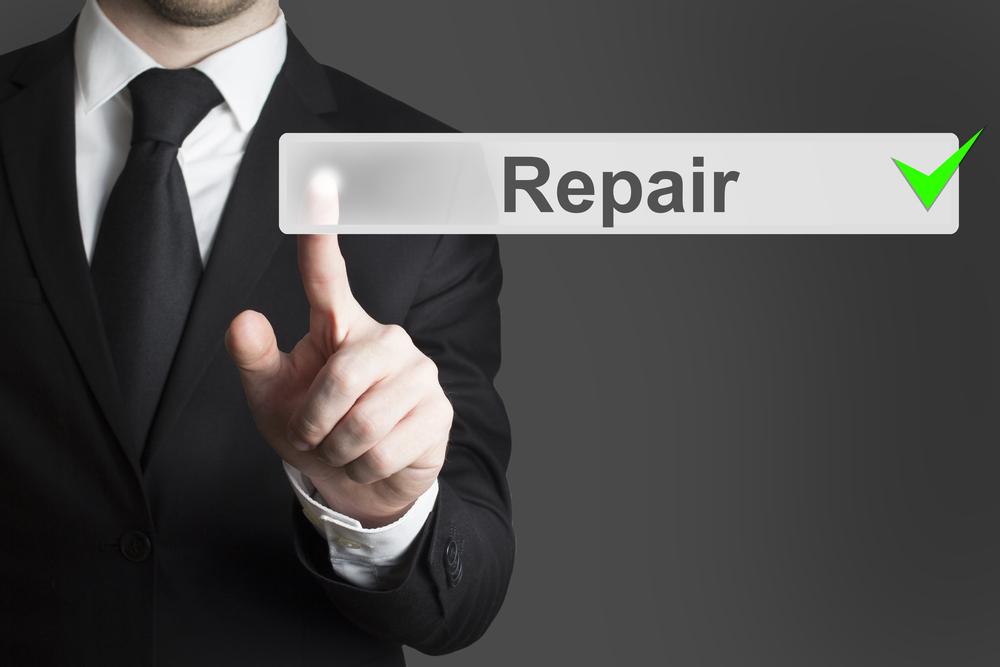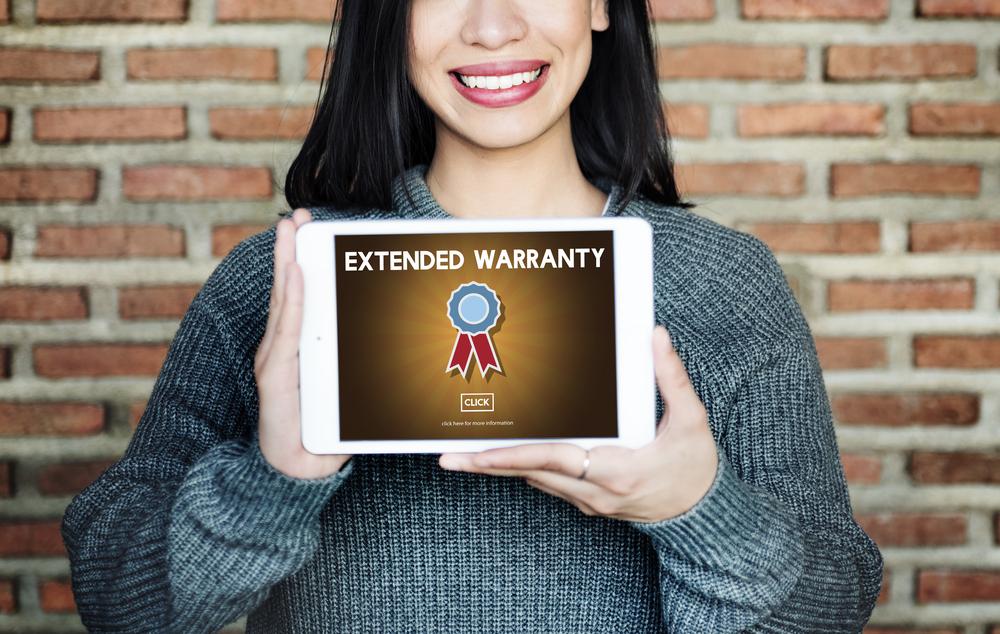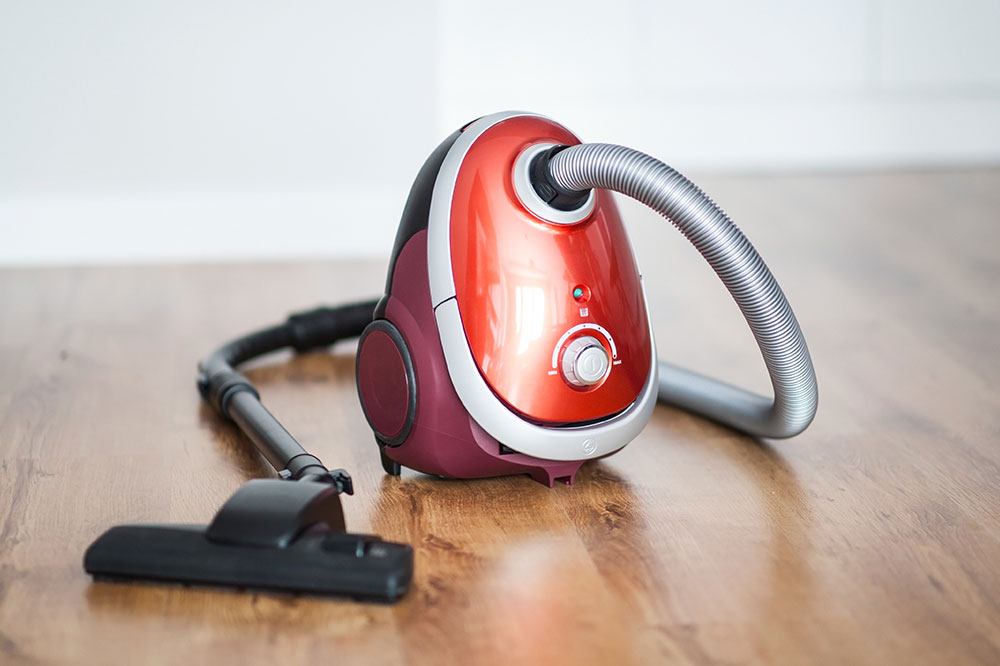Comprehensive Guide to Maximizing Your Vehicle Warranty Benefits for Long-Term Savings
Maximizing your vehicle warranty is essential for long-term savings and vehicle reliability. This comprehensive guide covers proactive maintenance, understanding warranty limitations, addressing issues promptly, and scheduling regular inspections. Learn how to fully utilize your warranty coverage, prevent costly repairs, and keep your car in excellent condition for years to come. Proper knowledge and timely action can significantly extend your vehicle’s lifespan and enhance performance, providing peace of mind for owners planning to keep their cars for the long term.

Comprehensive Guide to Maximizing Your Vehicle Warranty Benefits for Long-Term Savings
Purchasing a new vehicle is a significant investment, and one of the most critical aspects that influence buyers' decisions is the vehicle's warranty coverage. Many prospective car owners prioritize warranties because they provide peace of mind against unexpected repair costs. As vehicles become more advanced and complex, the importance of having a robust warranty that covers various components and potential issues grows even more. This is especially true for individuals planning to keep their cars for many years, often ranging from 5 to 10 years or longer. A comprehensive warranty not only shields you financially but also ensures that your vehicle remains reliable and safe throughout your ownership period.
However, having a warranty alone isn't enough. Knowing how to effectively utilize warranty benefits can significantly extend your car's lifespan, improve performance, and save you substantial amounts of money. To help you make the most of your vehicle warranty, we’ve compiled an extensive guide covering essential tips and strategies. From early issue resolution to understanding warranty limitations, this guide aims to empower you as a vehicle owner to maximize the value of your warranty coverage.
1. Address Mechanical and Cosmetic Issues Promptly
During the initial years of your vehicle ownership, your bumper-to-bumper warranty is typically at its strongest, often covering most repairs for the first 3 to 5 years. This period is crucial because timely action can ensure minor problems are resolved before escalating into costly repairs. For instance, if you notice unusual noises, vibrations, or handling irregularities, it's imperative to consult your dealership or authorized service provider promptly. Many manufacturers' warranties include free repairs or replacements for covered issues, but these become invalid if you delay action and the problem worsens.
Proactively addressing issues also prevents additional damage that might happen as a result of neglect. For example, a small squeak might be a sign of a worn belt, which if not replaced early, could lead to engine problems. Similarly, addressing minor scratches can prevent rust formation, especially in exposed areas like wheel wells, doors, or undercarriage. Early intervention reduces repair costs and helps you retain your vehicle's resale value in the future.
2. Prevent Rust and Corrosion
Objectively, one of the most common reasons vehicles need major repairs over time is rust and corrosion. Most warranties include coverage for rust and corrosion for a specified period, generally the first 3-5 years of ownership. The key is to act quickly if you notice small chips or scratches that could expose metal surfaces to moisture. Rust can develop rapidly in climates with high humidity, snow, or salted roads during winter.
Regularly inspecting your vehicle for any signs of corrosion, especially in vulnerable areas like wheel wells, door sills, and undercarriage, is vital. If minor rust spots are detected, address them immediately through repairs covered under warranty. This proactive approach prevents the rust from spreading, which could otherwise compromise structural integrity and lead to expensive repairs later. Applying protective coatings or rust-proofing treatments, especially after warranty coverage expires, can also be beneficial. Proper maintenance and quick action can extend the lifespan of your vehicle significantly.
3. Fully Understand Your Warranty Coverage and Limitations
One of the most overlooked steps in maximizing warranty benefits is thoroughly reviewing the warranty documentations provided at the time of purchase. This step is essential because warranties can vary widely between manufacturers and models. Carefully read the coverage details, including what components are covered, the duration of coverage, and specific exclusions. You might find that certain parts, such as tires, batteries, belts, or rotors, have separate or limited warranties with different coverage periods.
Understanding these nuances allows you to plan maintenance and replacements accordingly, ensuring you don’t miss out on warranty benefits. For example, some warranties exclude coverage for wear-and-tear items that naturally need replacements over time. However, if you are aware of these limitations beforehand, you can budget or schedule replacements proactively or seek third-party warranties to supplement manufacturer coverage.
4. Regular Maintenance and Scheduled Inspections
A key way to preserve your warranty coverage and extend your vehicle's longevity is adherence to scheduled maintenance. Follow the manufacturer’s recommended service intervals outlined in your owner's manual, including oil changes, filter replacements, brake inspections, and tire rotations. These routine inspections not only keep your vehicle running efficiently but also provide opportunities for professional assessment of potential issues.
Moreover, if your warranty is approaching expiration, visiting a reputable mechanic for a comprehensive vehicle inspection can be highly advantageous. Sometimes, minor issues may be intentionally overlooked during regular service visits, but a thorough inspection can detect hidden problems before they escalate. If issues are found early, you can address them under warranty, avoiding costly out-of-pocket expenses later. Regular inspections also help maintain a detailed service history, which can be beneficial if you need to file a warranty claim or sell your vehicle in the future.
5. Keep Detailed Records of Repairs and Maintenance
Maintaining meticulous records of all repairs, servicing, and inspections performed on your vehicle is critical for maximizing warranty benefits. Documentation acts as proof of proper maintenance, demonstrating that you’ve taken good care of your vehicle, which is often a condition for warranty claims. Keep receipts, service reports, and photographs of repairs or parts replaced.
In the event of a warranty claim, detailed records expedite the process and improve the chances of approval. They also help you track warranty expiration dates, scheduled maintenance, and recurring issues. This organized approach ensures you are always prepared and can demonstrate that any repairs or replacements were performed by authorized technicians following the manufacturer’s guidelines.
6. Schedule a Pre-Expiration Inspection
As your warranty period nears its end, schedule a comprehensive inspection with a qualified technician or your dealership. This proactive step allows you to identify unresolved issues or potential problems that could be covered under warranty if addressed promptly. Some manufacturers offer pre-expiration inspections that can help you prepare for warranty renewal or extension, ensuring you don’t inadvertently lose coverage on critical components.
Addressing issues before your warranty expires ensures that repairs are covered, and your vehicle remains in optimal condition. If potential problems are detected during this inspection, you can plan repairs accordingly, avoiding unexpected expenses after coverage lapses. Furthermore, a well-documented pre-expiration inspection may strengthen your case when applying for warranty extensions or referrals to extended warranty plans.
In conclusion, maximizing your vehicle warranty benefits involves proactive maintenance, thorough understanding of coverage limitations, and prompt action whenever issues arise. By following these essential tips—addressing problems early, preventing rust, understanding warranties, and scheduling regular inspections—you can extend your vehicle's lifespan, optimize performance, and save money over the long run. Remember, your vehicle warranty is a valuable safeguard—used wisely, it offers peace of mind and financial security for many years of driving pleasure.





